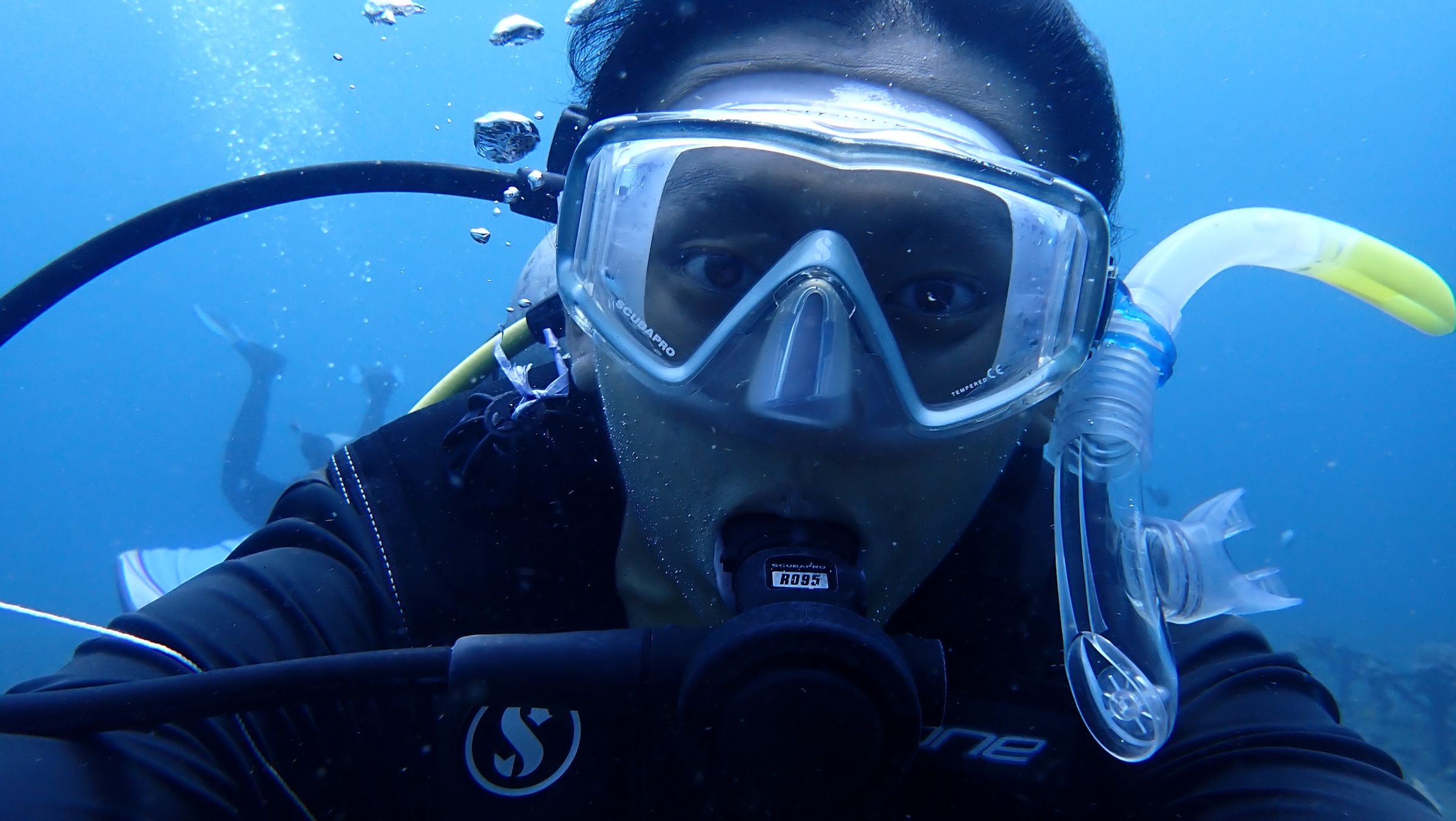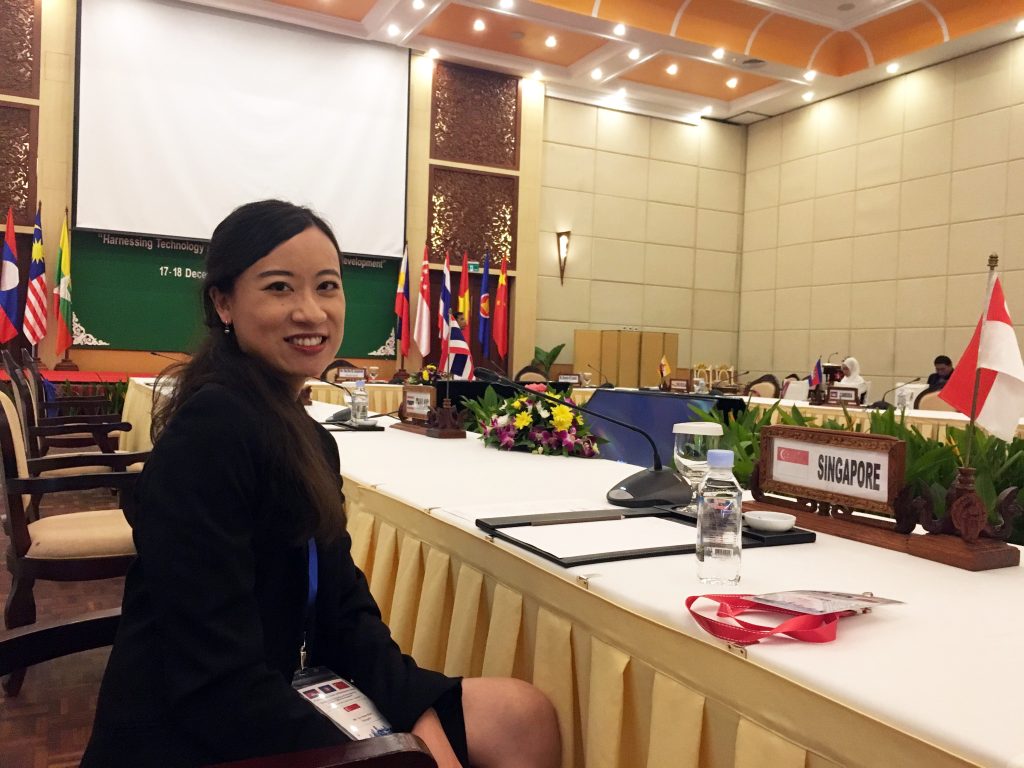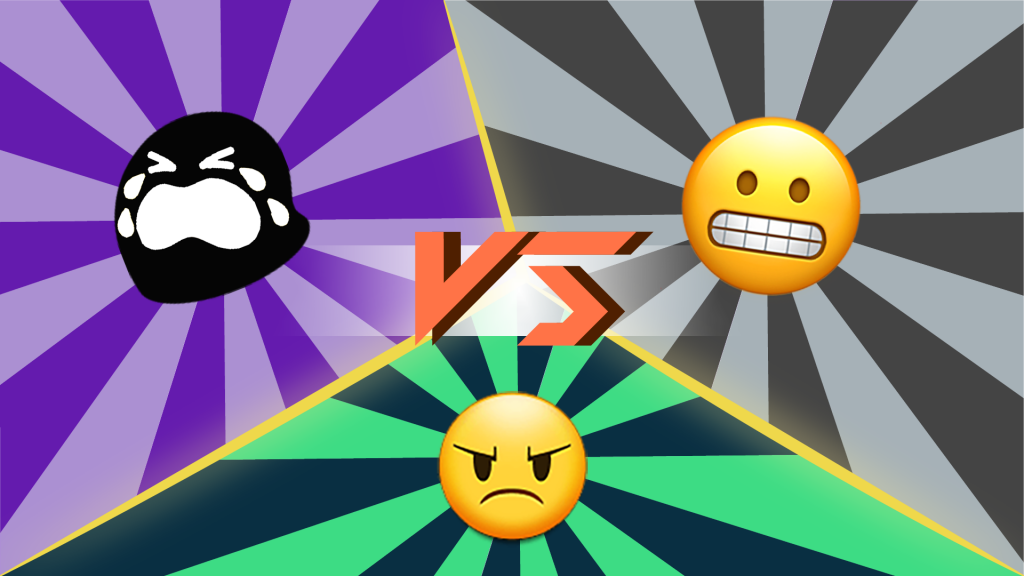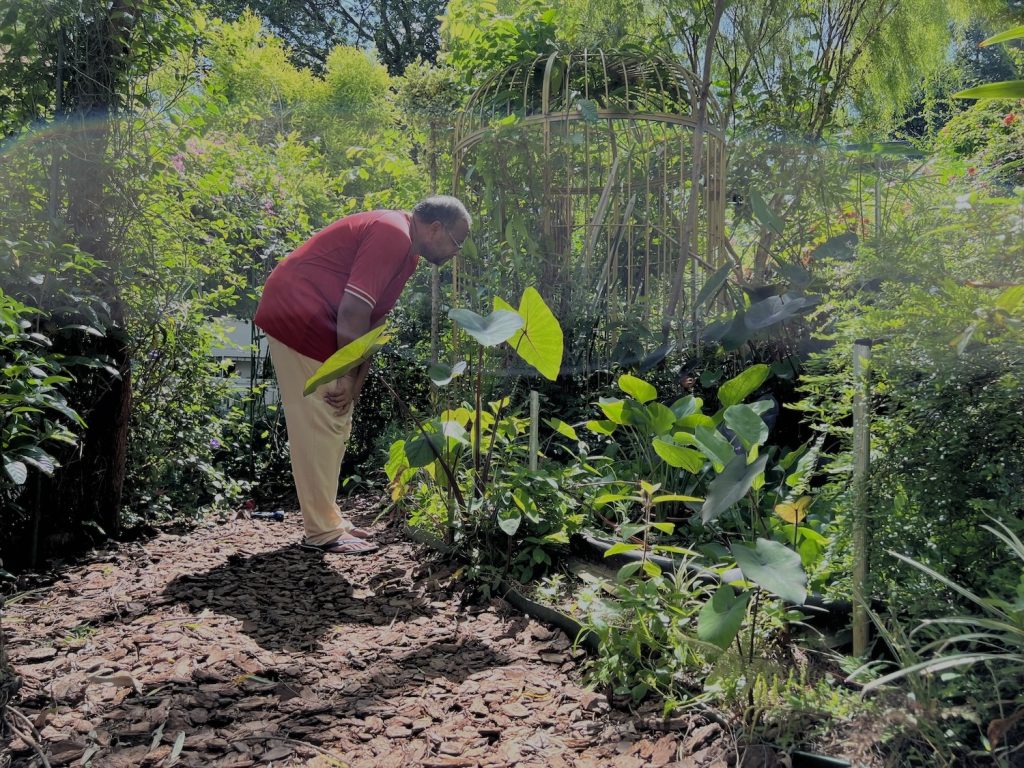Hello, my name is Liong Leong! I’m a 3rd year Life Sciences and Management student at the National University of Singapore (NUS).
I stayed in Bali, in the Les Village on the northern coast, for two months and two weeks from June to July 2025, to do an internship on marine conservation with the social enterprise, Sea Communities. They focus on marine conservation, such as reef rehabilitation, and ecotourism for community development.
I will share my experience for SpudnikLab’s Spotlight on Citizen Science series, which features projects and movements driven by the community, where people from all walks of life contribute to scientific efforts to protect and preserve the environment.
I did multiple dives a day for 7 days in a row!
It was my first time experiencing multiple dives per day nonstop over seven days. I was both ecstatic and exhausted being able to be in the water for so long!
I did this because I was a diving participant involved in the physical data gathering for STARR. The STARR Database is a project by Sea Communities (STARR— Scientific Trial Active Reef Rehabilitation) to collect data on coral reef health and the effectiveness of human-led coral restoration versus natural recovery (more on this later!).
I learnt to adapt in underwater communication with my dive buddies, especially when measuring or recording what type of organism we spotted in the surveys. Sometimes we made up new hand signs and movements to get our point across.
As a participant, I could also appreciate the painstaking work the local dive guides and STARR scientists do each day to prep our equipment and plan the manpower movement for each dive, to ensure the surveys are conducted in a safe manner.
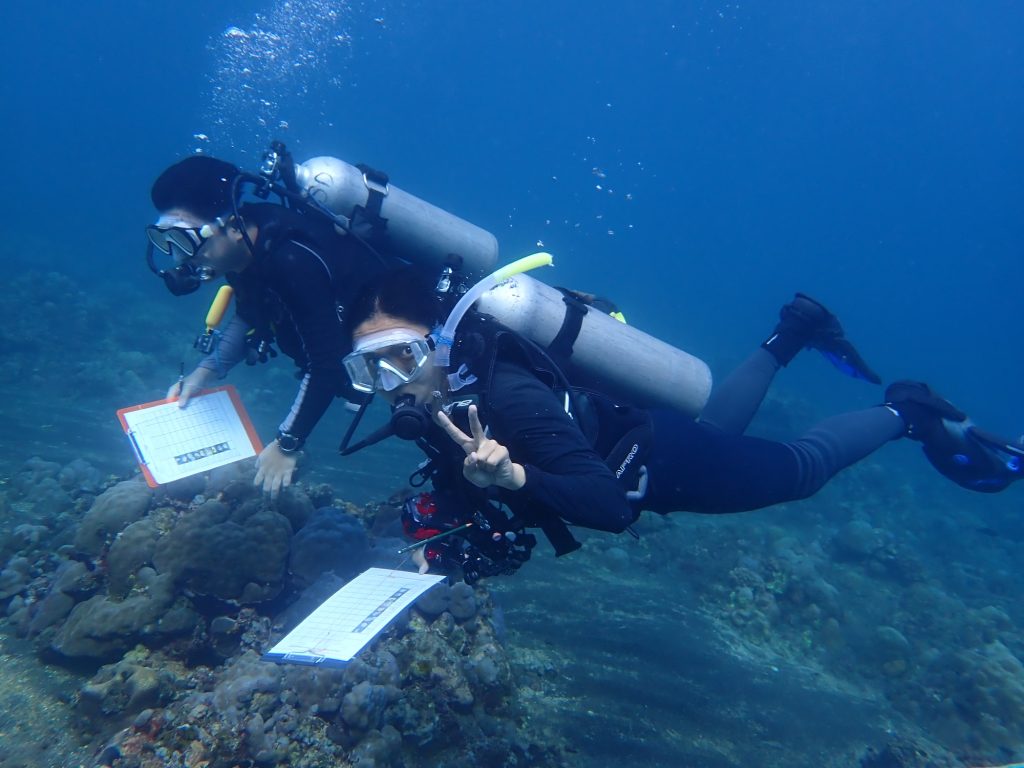
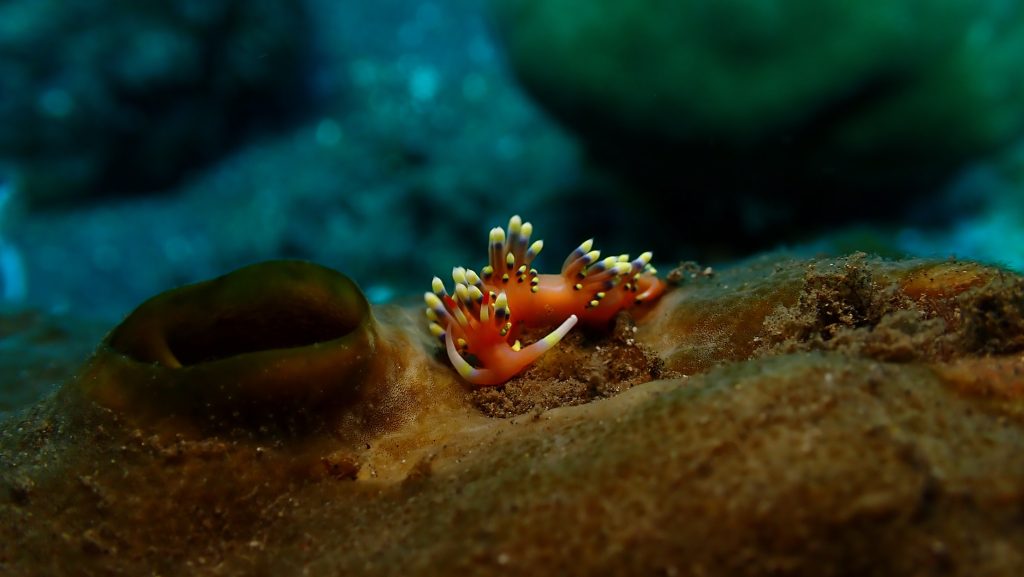
What the STARR Database is and how our citizen science data-gathering helps scientists with their work of coral reef restoration and monitoring
The STARR Database is a project by Sea Communities (STARR— Scientific Trial Active Reef Rehabilitation) to collect data on coral reef health and the effectiveness of human-led coral restoration versus natural recovery. Volunteers and local community members collaborate with scientists to conduct surveys, grow and replant coral, and measure the impacts of these actions, with the goal of improving coral reef conservation methods.
All participants can transfer their findings from the physical sheet to a google form and the information will be aggregated into an Excel sheet. Then, three STARR scientists used this information and did data processing and analysis of the results. The scientists presented the findings of this year’s surveys to the participants at the end of STARR.
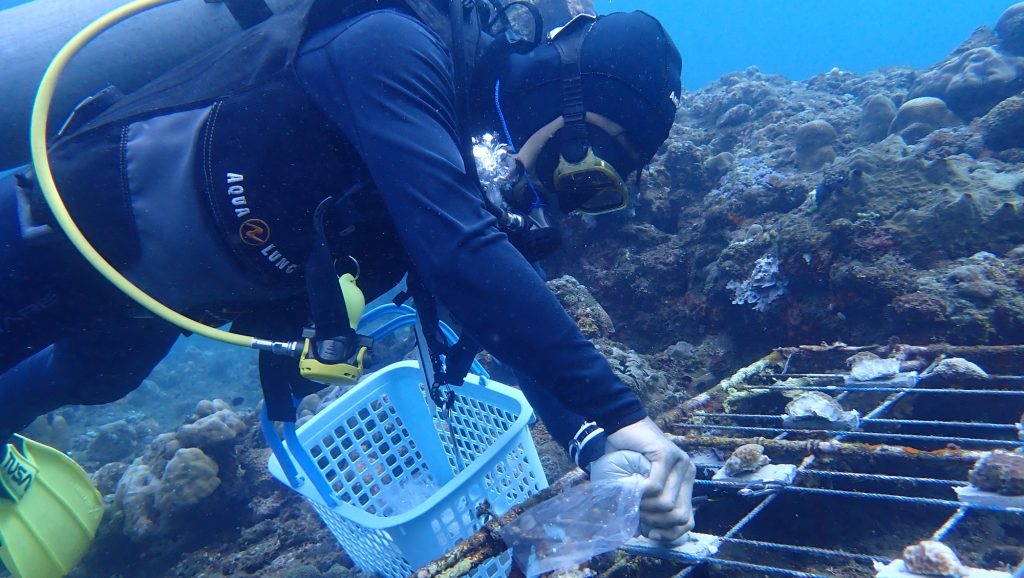
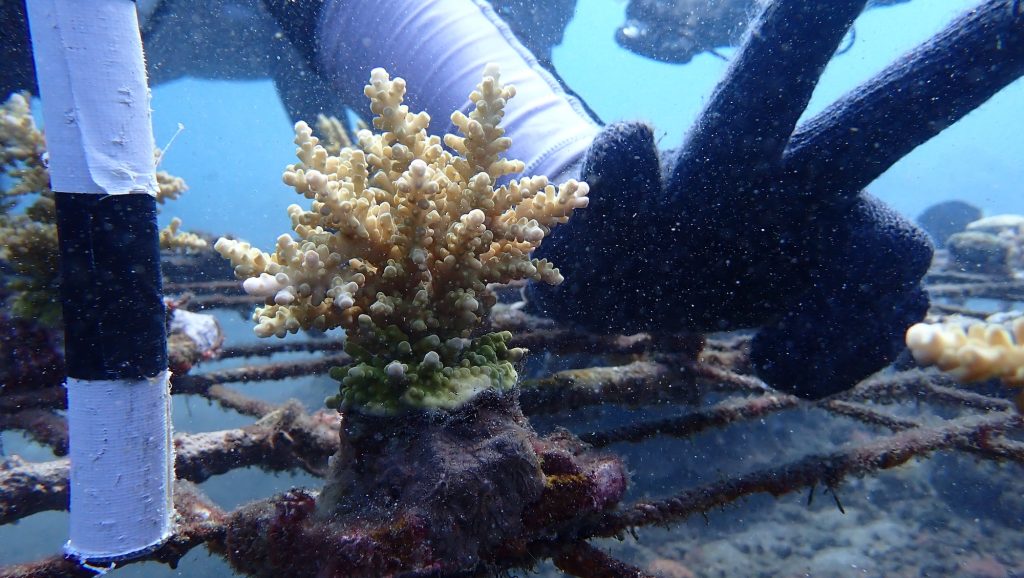
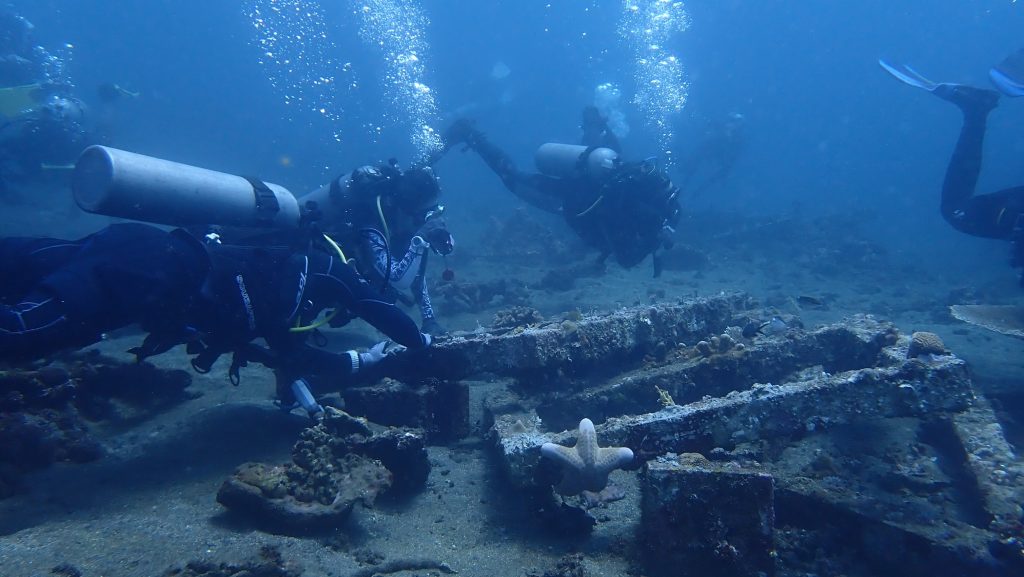
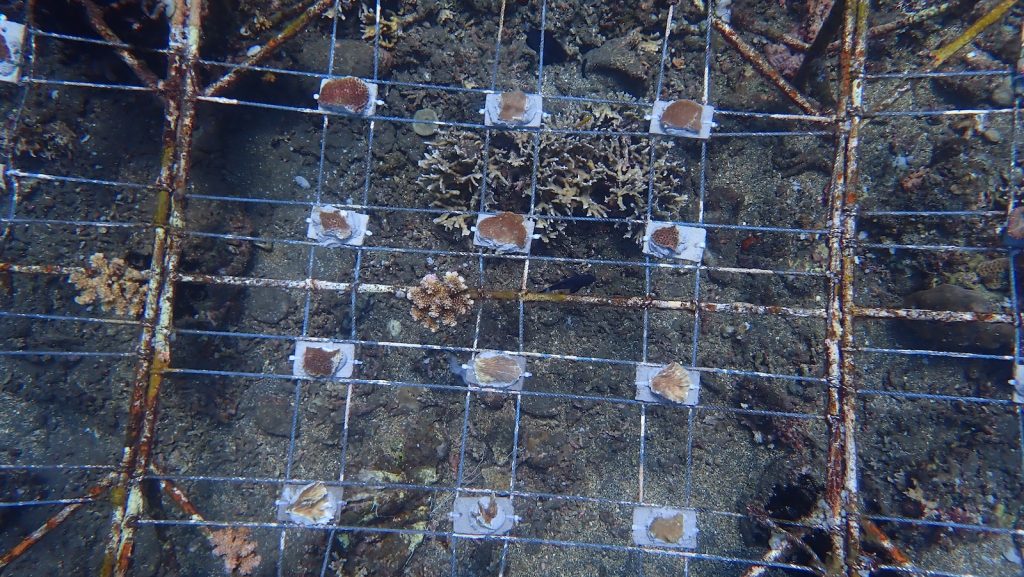
The citizen science data gathering aspect was challenging but fulfilling
It tested my vigilance and buoyancy during the process of spotting organisms. While doing this work during the dives, we had to resist the surges and currents.
As for physically noting the data, the clipboard is quite bulky and creates drag underwater, so carrying it was something to get used to. Most folks’ handwriting got worse underwater, mine too, which made transferring the data a slight reading challenge for everyone!
Introducing benthic lifeforms
I had an amazing time exploring the shores of Les, as I learned how to identify various species of butterfly fish, invasive drupella snails, coral forms and benthic life forms. Benthic life forms, also known as benthos, are organisms that live on, in, or near the seabed, among other water bodies. They include a wide variety of organisms, including microscopic bacteria and algae, to larger animals like crabs, clams, worms, sea stars and corals. I also got to witness the survival and growth of corals after years of restoration efforts by Sea Communities.
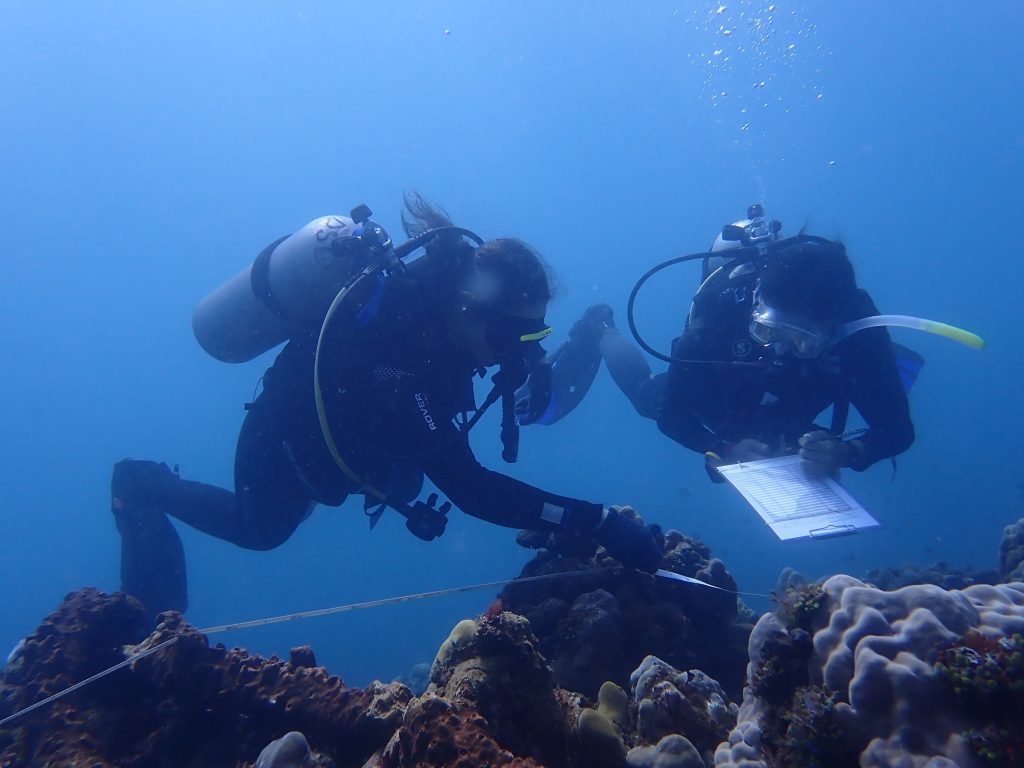
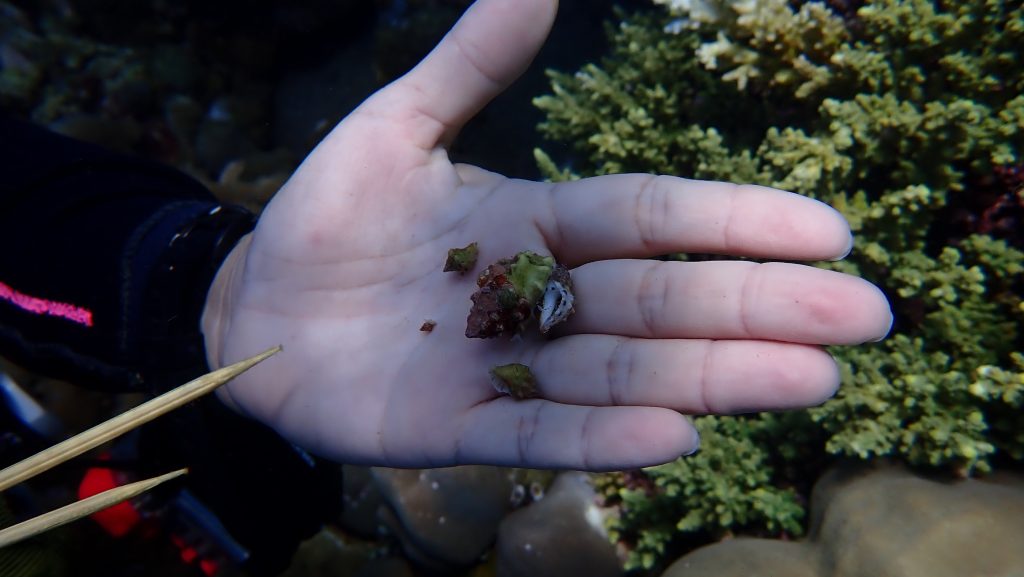
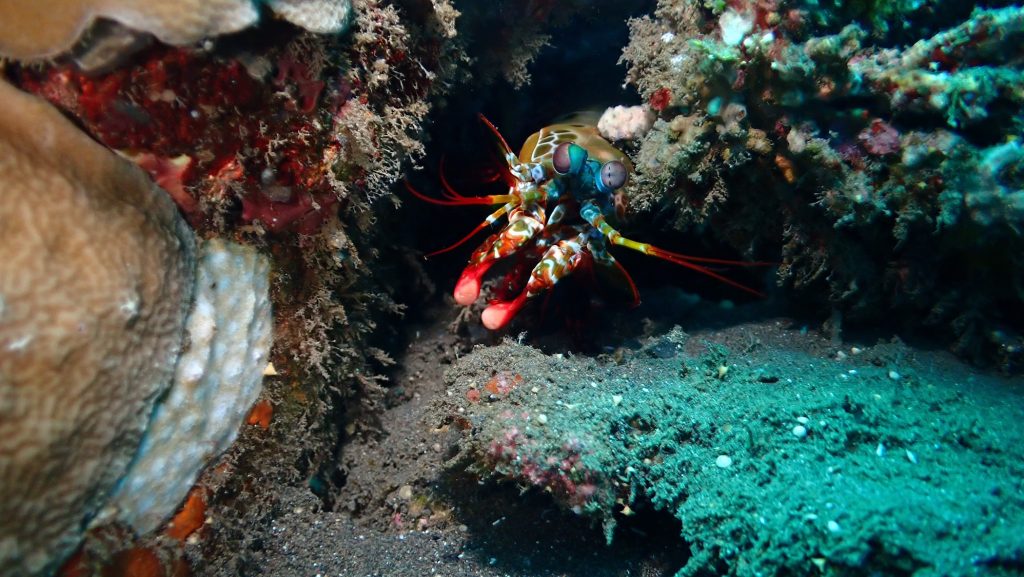
Night diving in Bali was a whole new world, literally
The highlights for me would be the rare night dives that I got to go with Pak Eka and Anten in Les Village. After watching the documentary of Sea Communities “Fish Don’t Cry” (about why the fishermen of Les Village began using potassium cyanide poison to fish, and how they later adopted sustainable practices instead), which featured the elegant Spanish Dancer nudibranch during night diving, I really wanted to see this creature in person.
Near the end of my internship, I had that opportunity to go night diving for the first time in Bali. Going in the waters at night was a whole different world. Day swimmers went to sleep, while the night critters bloomed to life. Lots of different crabs and feather stars, large basket stars and soft corals filter the water for food, and Pak Eka spotted three large Spanish Dancer nudibranchs! They are the largest sea slugs I’ve seen, and they have a very warm red coloration, moving in the waters with little to fear.
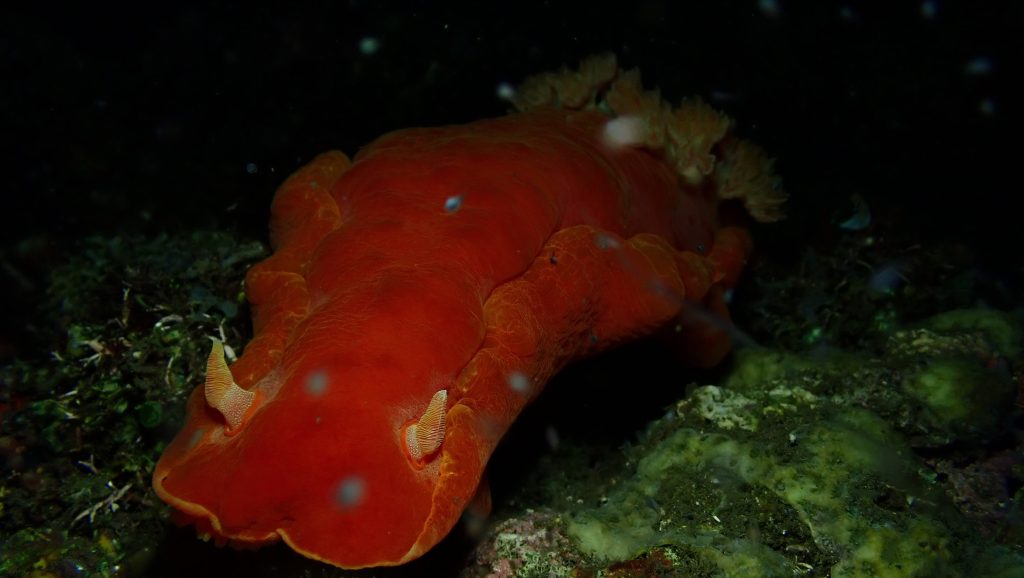
Catching bugs and chasing chickens? I did that when I was a kid and it led me to specialise in Life Sciences!
I love exploring nature spaces in Singapore. As a kid I ran around in my grandparent’s garden catching bugs, planting vegetables and playing with cats and chickens. Watching tons of shows on Animal Planet and Discovery Channel certainly played a part in my dinosaur and naturalist interests.
What I chose to study at NUS, Life Sciences with a focus in Ecology, Evolution and Biodiversity, includes field biology. That involves doing surveys in various habitats in land and sea. Biology and learning about how interconnected life is with other organisms is something that still fascinates me to this day and enables me to observe and learn from nature.
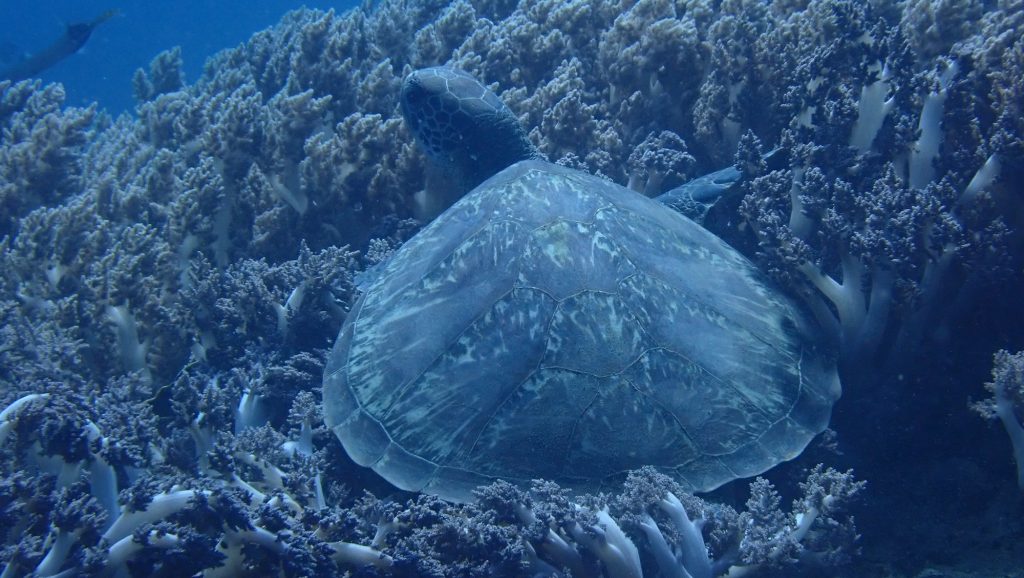
Why I chose to do a marine conservation internship with Sea Communities in Bali
I’d been to Les Village in Bali in 2024 and experienced the marine conservation program with Sea Communities last summer. They were one of the marine conservation organisations in Lombok and Bali we got to meet and learn from as part of a month-long overseas course by NUS College, on how each group approaches ecotourism or fisheries.
Having had a pleasant experience with the local folks there and finding their coral restoration model unique and fulfilling, I decided to apply for their internship.
I also knew a senior who had previously interned with Sea Communities, so that was helpful, in terms of getting a better grasp of how the community and work environment, and insights on how to integrate into the culture better.
How I hope my citizen science contribution can help in conservation and the location community in Bali
My contributions started this year, but I hope the collective data can be useful for the local community to help them make informed decisions on how to manage their coral restoration and fishing efforts.
I also hope my contributions can help make the citizen science process smoother and less prone to errors.
I also hope to communicate the process of citizen science to a wider audience to show that the work does not just end at the fun part of data collection (the diving), that most of it is done in the planning and processing of the data by the scientists and students. There are also other avenues to contribute to science and conservation too, STARR is a unique blend of science, business, community, and conservation!
Sea Communities is located in the Les Village on the northern coast of Bali. The social enterprise partners the local community of Les Village and the fishing community for their reef rehabilitation program. They also collaborate with salt farmers to introduce this heritage livelihood in danger of dying out to tourists. They welcome volunteers to participate in their citizen science coral restoration project, and students for marine conservation internships. Check out their work and how to volunteer in this video by Sea Communities co-founder Elaine Kee.
